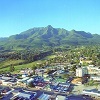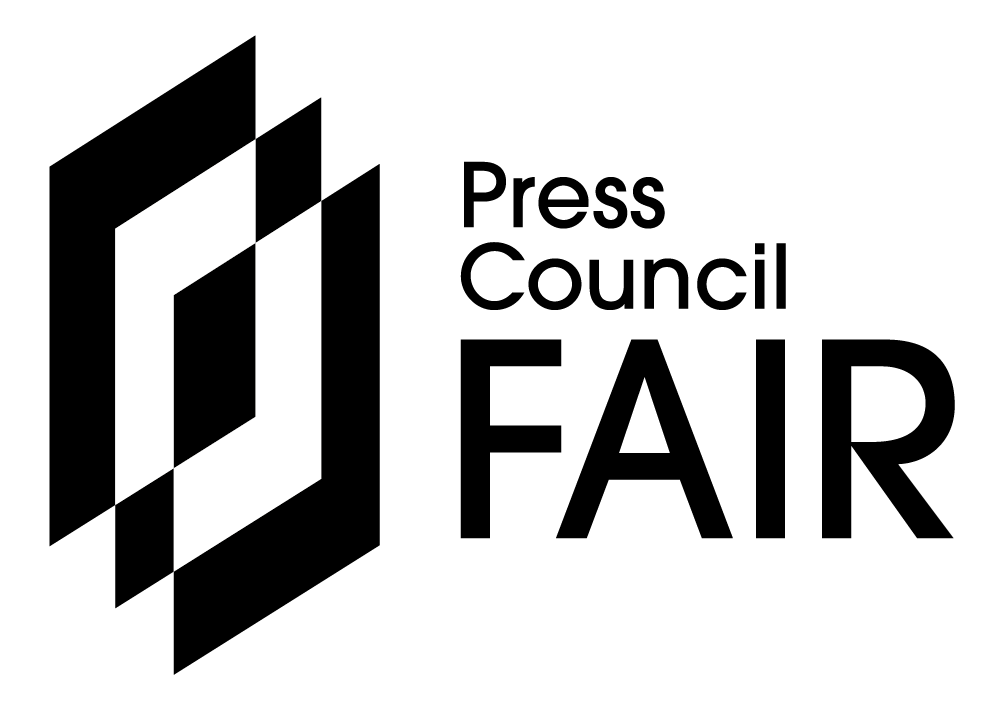ENVIRONMENTAL NEWS - George Herald is placing a photo every month of an alien invasive plant to create awareness about their impact on the environment and how we should deal with them. Alien invasives destroy biodiversity, the link between all organisms on earth that binds all into interdependent ecosystems.
In April the focus falls on:
False agave or Mauritian hemp (Furcraea foetida): An evergreen perennial subshrub that is stemless or with a short stem up to 1m high.
It has been widely cultivated as a succulent garden ornamental.
The leaves are sword-shaped, 1-1,8m long and 10-15cm broad at their widest point, narrowing to 6-7cm broad at the leaf base, and to a sharp spine tip at the apex.
The flowers are greenish to creamy white, 4cm long and strongly scented. They are produced on a large inflorescence up to 12m tall.
Invasive status: In the National Environmental Management Act (Nemba) it is listed as a Category 1a invasive weed. It is known to invade coastal sites and cliffs, gullies, hillsides and open woodlands, where it crowds out indigenous species.
Spread: It produces a massive, upright and much-branched flower cluster, 2-12m tall. What might appear to be fruit is actually large plantlets (ie, bulbils), 1-16cm long, which are formed by the thousands. Gravity is the main natural means of dispersal, and dense thickets often form around individual plants. These plantlets may also be spread larger distances by animals, in soil or in dumped garden waste.
Control: Plants must be cut down and the stumps treated with a suitable herbicide such as imazapyr. Uproot young plants, especially in hedgerows. Regular follow-up is essential.
References: www.invasives.org.za : www.sanbi.org : https://www.george.gov.za/notices/public-notice-alien-invasive-plants/ (search under Community Services and News tabs.)
‘We bring you the latest Garden Route, Hessequa, Karoo news’
















